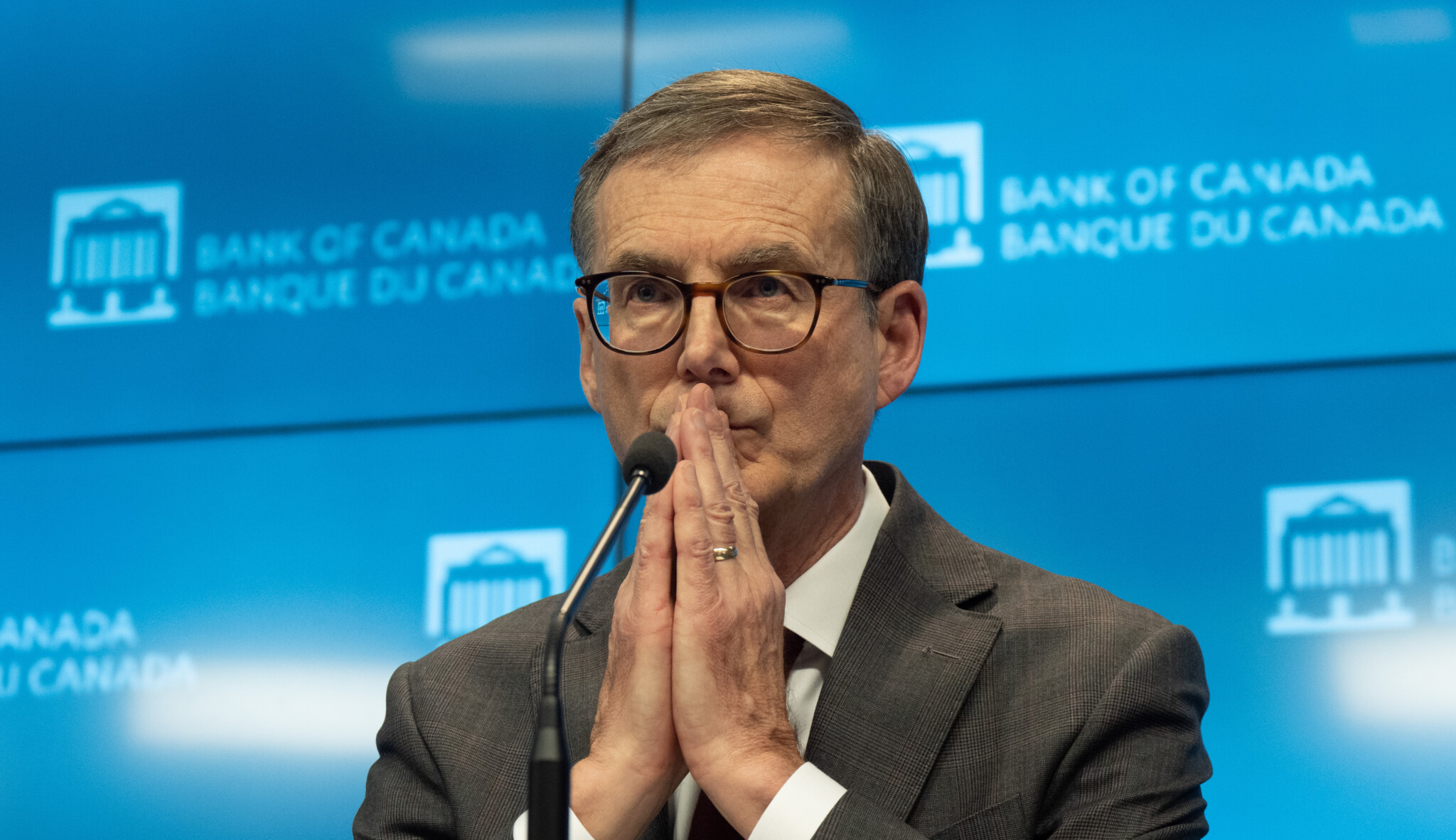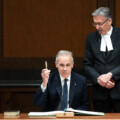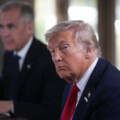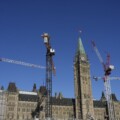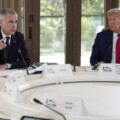The Bank of Canada put its interest rate cutting cycle on pause at a policy decision on Wednesday, citing massive uncertainty around U.S. trade policy and its inability to forecast the nation’s economic outlook with any precision.
The Ottawa-based central bank held its “overnight” policy rate unchanged at 2.75 percent. It’s the first hold on rates since the Bank of Canada began lowering borrowing costs in June.
The Bank of Canada refreshes its rate policy every six or seven weeks and has cut rates at its last seven policy decisions, totalling 2.25 percentage points in cuts. Prime rates offered by commercial banks are just over 2 percentage points above the central bank’s policy rate.
Effectively, the Bank of Canada is adopting a cautious wait-and-see approach despite acknowledging the economy is clearly heading into a slowdown, even under a good case scenario—a situation where it would typically continue lowering rates.
But the central bank can’t predict what exactly President Donald Trump will do (will he escalate or de-escalate?), making it impossible for the bank’s economists to predict with confidence what will happen next. And just as important, the Bank of Canada is worried about the impact the trade war will have on inflation—constraining its ability to support the economy with lower interest rates. Tariffs raise prices, and the central bank’s primary mandate is to keep inflation anchored near 2 percent.
“Faced with pervasive uncertainty, Governing Council will proceed carefully, with particular attention to the risks,” Governor Tiff Macklem said in a statement. “Monetary policy cannot resolve trade uncertainty or offset the impacts of a trade war. What we can and must do is ensure that Canadians continue to have confidence in price stability.”
To underscore the uncertainty, the Bank of Canada, for the first time since the pandemic, decided not to release a base-case scenario for the nation’s economy. There are no precise forecasts for the economy. Instead, it chose to produce two hypothetical scenarios to illustrate the wide range of potential outcomes.
One scenario assumes most tariffs get negotiated away, but that trade uncertainty continues to persist until the end of next year. In this scenario, we get a slowdown but no recession or significant pick-up of inflation. Presumably, this is a scenario where borrowing costs could gradually ease further.
The second scenario assumes global trade wars escalate, driving the U.S. and Canada into a recession, but producing an acceleration of inflation. This is the dreaded stagflationary environment that puts the Bank of Canada in a bind.
Macklem indicated that currently we seem to be somewhere between the two scenarios—suggesting a mild recession outcome should the status quo remain.
The actual scenarios themselves are not important. The key message from the central bank is that the range of potential outcomes is large. And they will remain cautious on policy until they have a better idea of where things are going.
